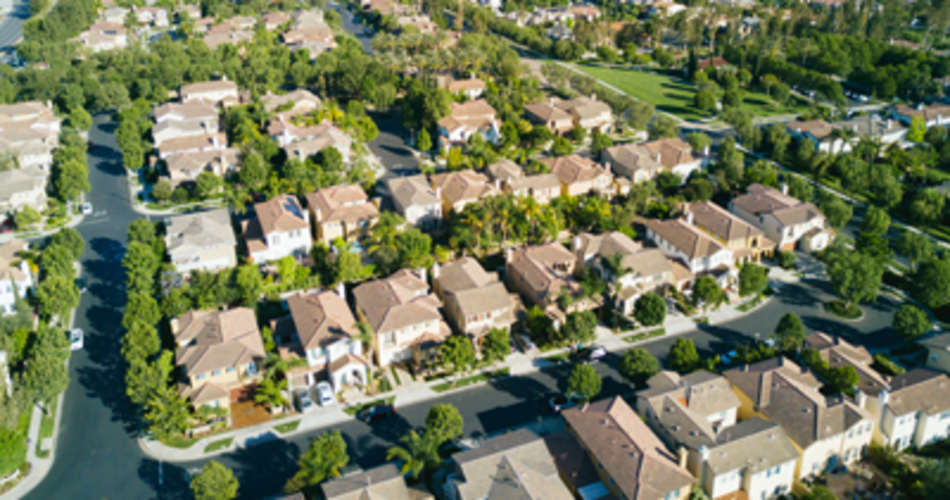Confusion can sometimes arise when discussing the bandwidth of an infrastructure solution and that of the network applications they support. In terminology terms, this stems from the fact that bits per second (bps) and Hertz (Hz) are NOT the same thing, although their numerical values may in some instances coincide. Infrastructure solutions are typically specified as a function of Hertz (Hz), or frequency. Whereas, Digital data is transmitted as a series of '0's and '1's, called bits. The speed at which these digital symbols are transmitted is measured in bits per second.
Understanding the relationship between the bit rate and the frequency is therefore important to grasp for new high speed applications and technologies. This relationship is founded on bandwidth-efficient digital communication used now for several decades. Bandwidth-efficient line codes are used to provide higher bit rates in a given bandwidth, or alternatively, they can also be used to reduce the required bandwidth for a fixed bit rate. Examples of codes are PAM (Pulse Amplitude Modulation) and QAM (Quadrature Amplitude Modulation).
In simple terms, I like to take a view that there are three ways of transmitting higher bit rates over the infrastructure, one is to improve the infrastructure’s performance, the second is to improve the technologyin the electronics (transmitters/receivers), and thirdly and probably more common is a mixture of both.
By improving infrastructure performance, the communication channel impairments are reduced and therefore the system is less susceptible to noise. In addition technology enhancements in the electronics can also improve the systems performance by canceling noise effects. So as stated, the improvements in data transmission are being fuelled by both improved infrastructure and enhanced electronics.
The other logical approach to enabling high speed transmission is the use of some form of parallel transmission, where the data is split over a number of frequencies, wavelengths, twisted pairs or fibers. The InstaPatch copper and fiber solutionsare good examples of infrastructure solutions designed to accommodate these options in various ways.
http://youtu.be/-5n8Wh2R4jE
The bandwidth, bit rate, signal strength, noise, channel impairments (and infrastructure performance), and the frequency of the system are all interlinked. Improvements in one or more area affect and/or rely upon improvements in others.
As talk in the market turns to development and deployment of 10, 40 and 100Gbps in enterprise networks, 3G and 4G in wirelessnetworks, and advanced optical and edge QAM technologies in broadband networks, the concepts discussed briefly in this article are at the core of these solutions.
Apologies to the more technical readers of this post, who may feel I have oversimplified things. Additions and comments to add to the explanation are very welcome.







